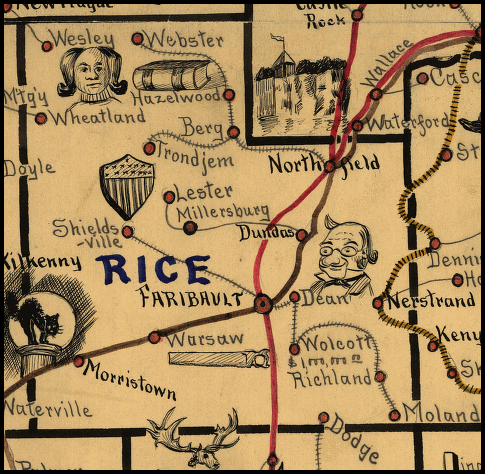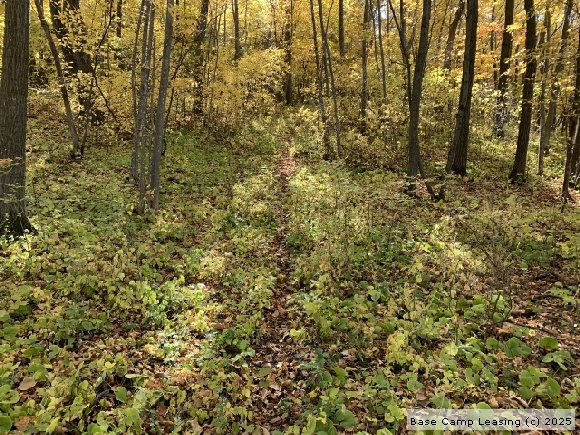

The hardwood forest was an upland deciduous forest, comprised of trees such as bur oak, white oak, red oak, northern pine oak, elm basswood, maple, aspen and birch. In their natural state, the lands, which are located in northern Rice county and southern Dakota county, were both hardwood forest and prairie. Olaf College These agricultural lands were not always used for agriculture. 3 The college built a barn and purchased cows. In 1906, the college bought twenty-two acres of land for the college farm where Thorson hall now sits. These farms helped support the students, faculty and staff that all lived and worked at St. There was a dairy farm, which the college assumed management of in 1919, and another farm located where Christiansen Hall of Music and the old administration building now stand. Olaf began as a large farm-based, self-supporting homestead. Olaf has had a relationship with agriculture since it’s beginnings in 1874. Olaf College and Minnesota agriculture must both become sustainable in order to ensure a successful future.

Olaf carves its path as a modern, sustainable college in the 21 st century. Olaf’s long relationship with agriculture begins with the founding of the college as a small Norwegian school, and continues today as St. Narrowing the scope of the importance of agriculture in Minnesota, we must ask how has agriculture been affected by St. Agriculture has allowed Minnesota to become a thriving state, yet agriculture has the potential to destroy what made it profitable in the first place.

It is this soil, promoted by boosters in the 1860s as “warm, dark, calcareous and sandy loam” that allowed Minnesota’s “agricultural capacities to be unsurpassed by the finest agricultural districts of the old states”. This soil has been critical to the development of the land around St. The glaciers left behind ground moraine, or what we commonly think of as soil. Olaf sits on, and the surrounding valleys. Many years of glaciers and erosion worked to carve out Manitou Heights, the hill St. Olaf College agricultural lands begins with the history of the geological processes that created Minnesota, and in particular, the area around St.


 0 kommentar(er)
0 kommentar(er)
